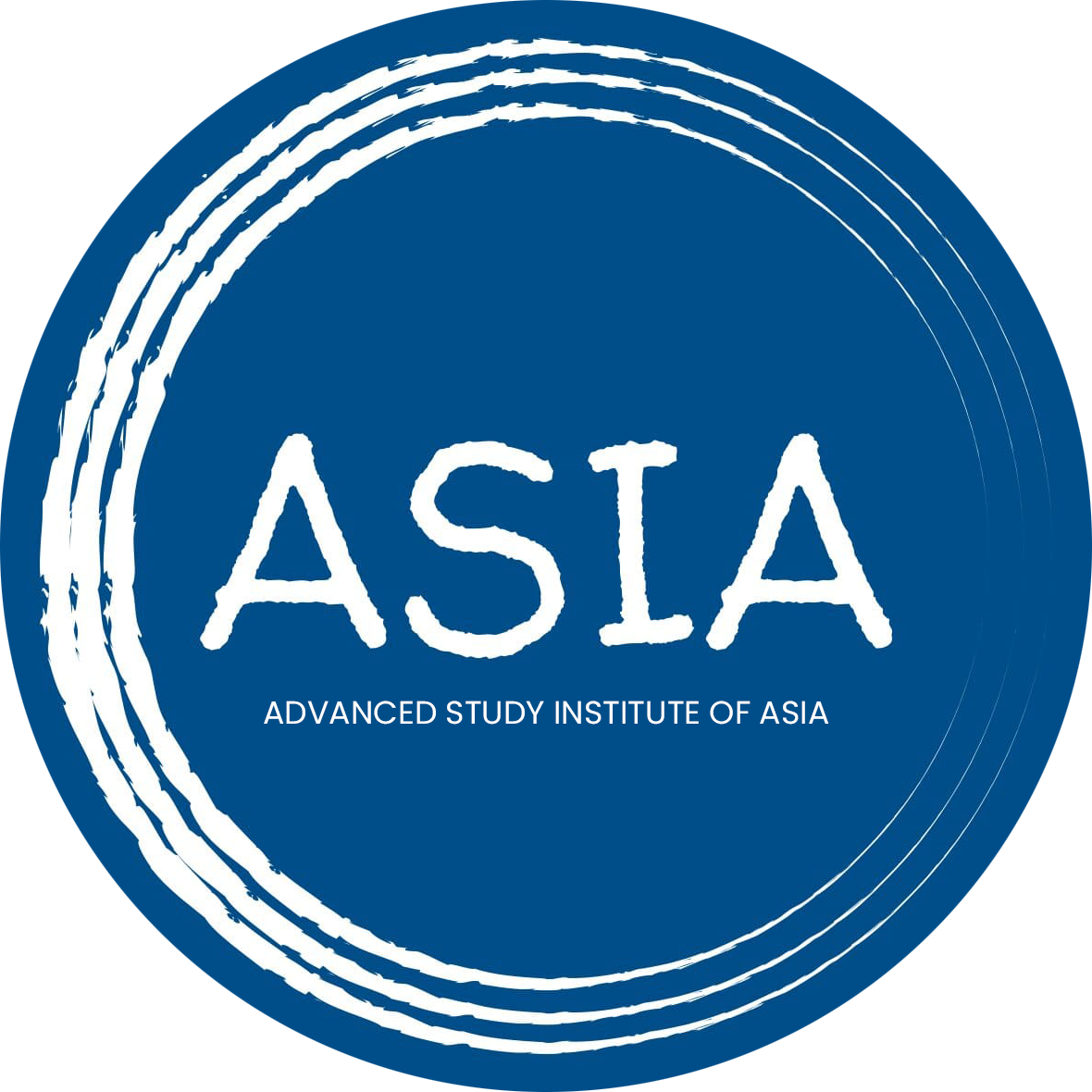The Union Budget 2025 has sparked discussions across industries, with experts from ASIA Research providing insights into its impact on healthcare, tourism, culture, manufacturing, finance, and international relations. Here’s what they had to say:
Healthcare: Strengthening Innovation but Gaps Remain
Dr. Indu Bhushan, Vice Chairperson, ASIA Research
“The Union Budget 2025 offers significant relief for cancer and rare disease patients by committing cancer care centers in all district hospitals and fully exempting 36 life-saving drugs from basic customs duties. It also promotes innovation in healthcare through Centres of Excellence in AI. The ‘Heal in India’ initiative aims to boost medical tourism, attracting international patients with relaxed visa norms and greater private participation. However, while these are commendable steps, the budget fails to adequately address critical gaps in primary healthcare and infrastructure.
The ‘Saksham Aanganwadi and Poshan Support’ initiative is a positive move to combat anaemia among pregnant women and adolescent girls, but the persistent underfunding of vital health programs raises concerns. Additionally, despite rising consumption of ultra-processed foods and their clear health risks, the budget lacks concrete action on the need for clear front-of-pack labeling for HFSS foods, a move that should be prioritized to help consumers make informed choices and curb the growing health crisis.”
Manufacturing, Sustainability & Clean Energy: Boosting Self-Reliance
Sandhya Vasudevan, Member of the Board, ASIA Research
“The Indian Union Budget 2025 extends the Basic Customs Duty (BCD) exemption to cobalt powder, lithium-ion battery scrap, and 12 other critical minerals to strengthen domestic supply chains for electric vehicles (EVs), battery production, and clean technology. Following the exemption of 25 minerals in July 2024, this move will further boost manufacturing and create jobs.
China controls over 69% of global rare earth production and nearly 90% of processing, posing strategic risks. By lowering input costs and diversifying supply chains, India enhances its industrial base and reduces reliance on external actors. However, sustained policy support and domestic mineral extraction investments are essential for long-term self-reliance. This is a constructive step towards India’s clean energy and industrial goals.”
Finance: Relief for Middle-Class and Gig Workers
Priyank Kanoongo, Member, NHRC
“Teachers, nurses, and countless others from the middle class eagerly awaited the Union Budget 2025, hoping for financial relief. As Finance Minister Nirmala Sitharaman announced that taxpayers earning up to ₹12 lakh would be exempt from income tax, phones across the country lit up with messages of delight and enthusiasm. The newfound financial freedom—to plan a holiday, upgrade a home, or boost savings—marks a significant move by the Modi government, reinforcing its vision for Viksit Bharat 2047. Special announcements for gig workers will also ensure the protection of their rights.”
International Relations: A Strategic Shift in Foreign Aid
Vinay Sahasrabuddhe, Senior BJP leader & Former MP
“The budget for Technical and Economic Cooperation with Other Countries has been set at ₹6,375.00 crore, reflecting a continued focus on international partnerships and aid. This aligns with India's Neighbourhood First policy and the Indo-Pacific vision, particularly through grants, infrastructure development, and soft loans to Bangladesh, Nepal, Bhutan, and the Maldives—all regions where China is making strategic inroads.”
Economic Outlook: ASIA Research Perspective
ASIA comment, ledby ASIA Research Director,Amogh Rai.
“A notable reduction is observed in loans to foreign governments, with allocations dropping from ₹869.70 crore in 2024-25 to ₹375.00 crore in 2025-26. This sharp cutback might be influenced by Sri Lanka’s debt crisis, Pakistan’s IMF bailout, and financial distress in other South Asian nations. India appears to be shifting away from extending direct loans, possibly to avoid sovereign debt risks and overexposure to financially unstable economies.”
MSME: Strengthening Small Enterprises
Sandhya Vasudevan, Member of the Board, ASIA Research
“The budget boosts MSMEs with an 89% increase in PLI allocation to ₹16,092 crore, supporting 16 sectors, including electronics and automobiles. A sevenfold increase in automobile funding and 36% rise in electronics investment highlight thegovernment’s push for self-reliance. However, a lack of a Standard Essential Patents (SEP) policy hinders innovation.
To address this, a ₹20,000 crore DeepTech Fund supports AI, robotics, and biotechnology startups, alongside 10,000 research fellowships. Despite this, India’s R&D expenditure remains low at 0.65% of GDP, underscoring the need for further investment. The Investment Friendliness Index and Financial Stability and Development Council reforms aim to improve regulatory efficiency, fostering a better business environment.
The MSME sector, contributing 36% to manufacturing and 45% to exports, benefits from increased investment and turnover limits. However, patent system inefficiencies and delayed payments remain challenges. Strengthening IP laws and ensuring timely payments through the MSME SAMADHAAN portal will be crucial for sustaining growth.”
The Union Budget 2025 presents a mixed bag of opportunities and challenges. While significant strides have been made in healthcare, tourism, and manufacturing, experts highlight the need for greater investment in primary healthcare, R&D, and regulatory reforms. India’s economic future looks promising, but sustained policy support and strategic execution will be key to achieving long-term growth.
………………………


